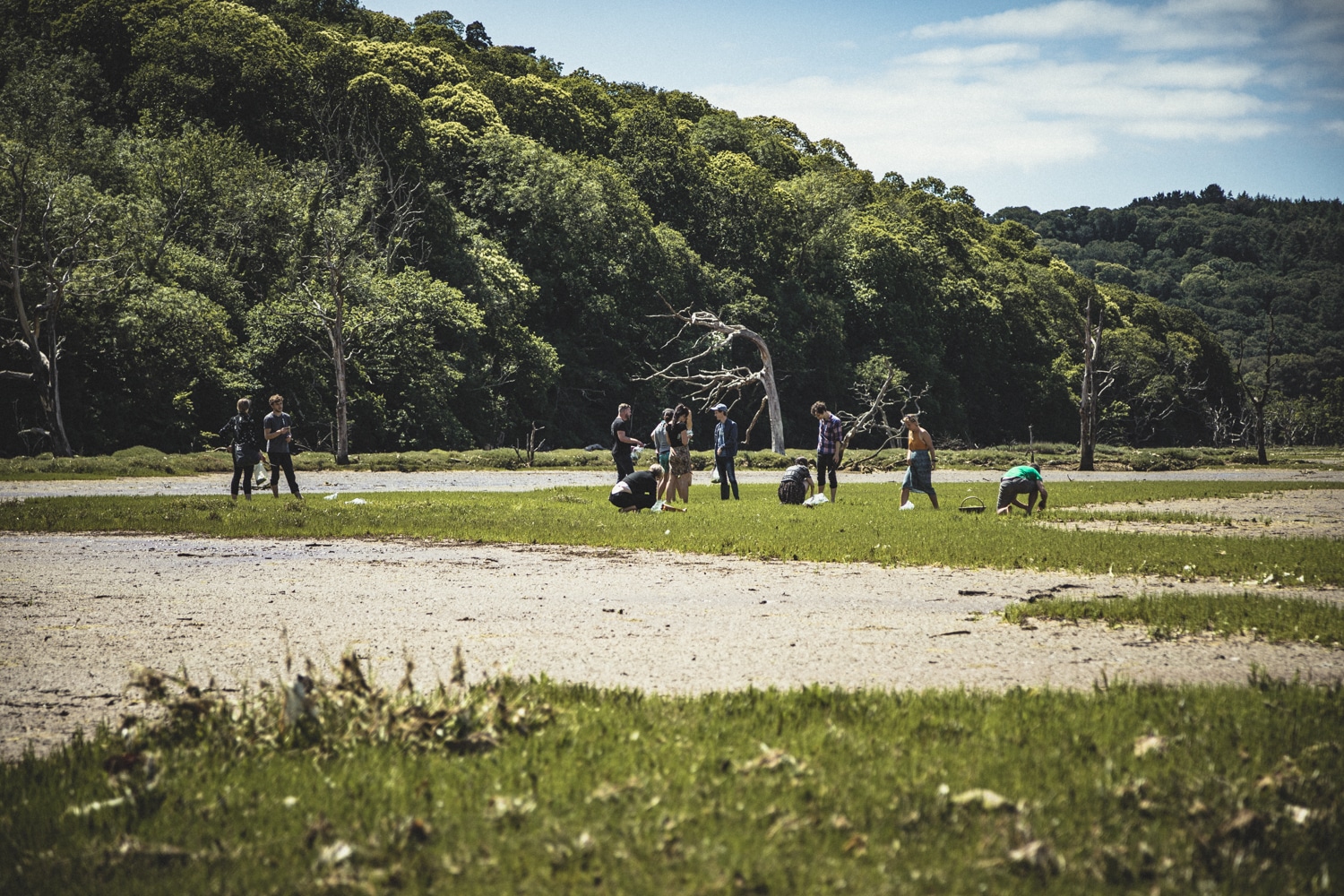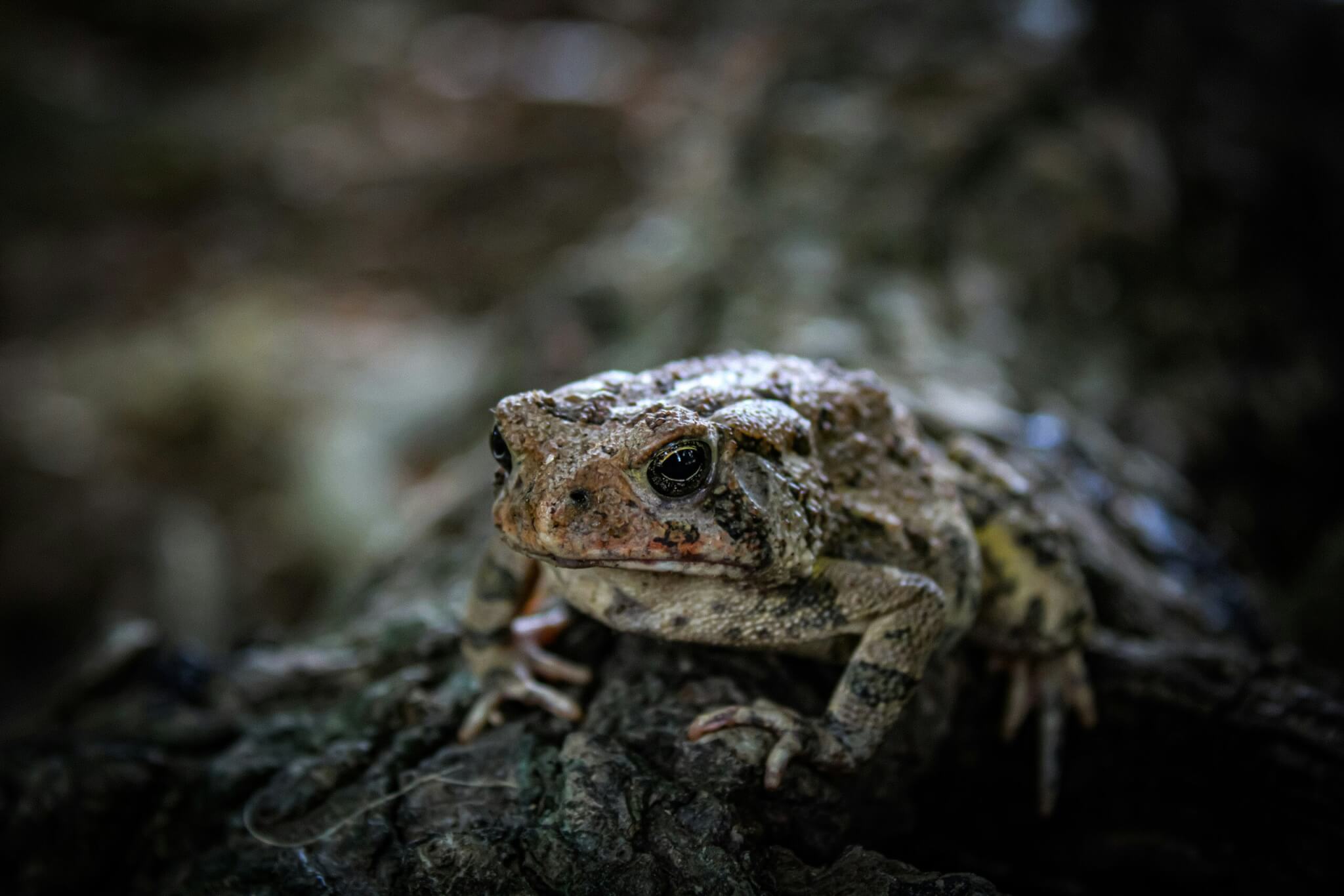After ten seasons in the woods and marshes, my sons Caleb and Donald – plus a hardy group of friends – have become foraging experts. It has supported them through university, and numerous festivals and surf trips. After a spring spent picking wild garlic, for the last month they have been foraging for marsh samphire from the remote mud flats of the River Erme, in Devon.
The flats are a Site of Special Scientific Interest (SSSI) overseen by Natural England, who grant us the right to forage sustainably. With no vehicle access, the day begins with a walk through tick-infested woods, before stripping down to shorts and wading across the mud to reach the central banks while the tide is out. Harvesting is wet, back-breaking, and fiddly work, using garden shears; it favours those who are dexterous and flexible, with a zen ability to take enough sustenance from the natural beauty of the marsh to see you through pain and boredom, sun, wind, and rain.
Is it harsh exploitation of youth, or a peaceful idyll shared with the oyster catchers, curlews, egrets and geese? Only the pickers could say. I suspect they will be our last foragers; when we send anyone else, it is invariably a disaster.
The marsh was reclaimed from the sea by a stone wall, built by Napoleonic prisoners of war to create a field for productive summer grazing. When the sea wall was breached in a gale twenty years ago, Natural England decided to let the land revert to salt marsh. The salt water soon killed the grass and most of the trees, leaving the flats to be colonised by salt-loving species like samphire, a succulent sea grass much favoured by the geese, and more recently sea purslane.
Caleb works for most of the year as a chef, and has been experimenting with the sea purslane, concluding that he actually prefers it to the better-known samphire. His favourite is a purslane, nectarine and labneh salad. Purslane is a salt-tolerant perennial (growing back every year), which typically grows slightly higher up the marsh than the samphire, and seems to be becoming more dominant as the years go by.
For the next few weeks, Riverford will sell 100g for £3.95. It is cheaper than the samphire, because it is so much quicker to pick, but you will need to strip the leaves from the stalk before cooking. It is very good torn into salads, wilted into a pan of buttery new potatoes, or bashed into a coarse pesto or chimichurri sauce to perk up roasted veg, fish or lamb.














0 Comments